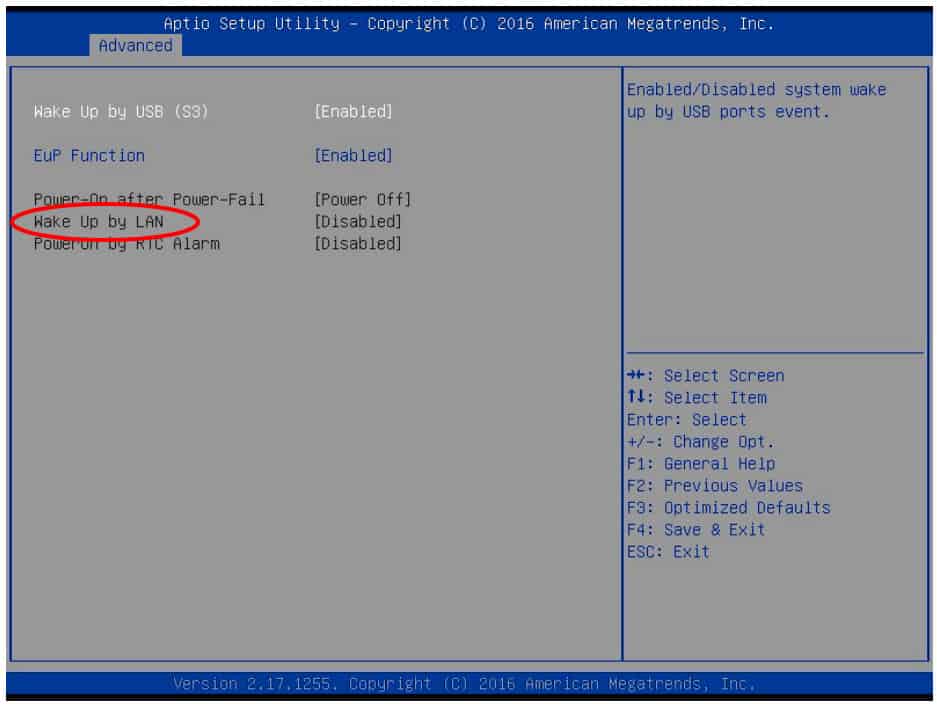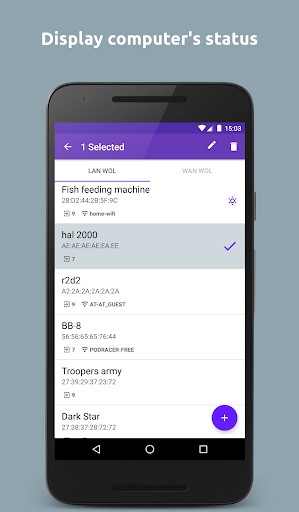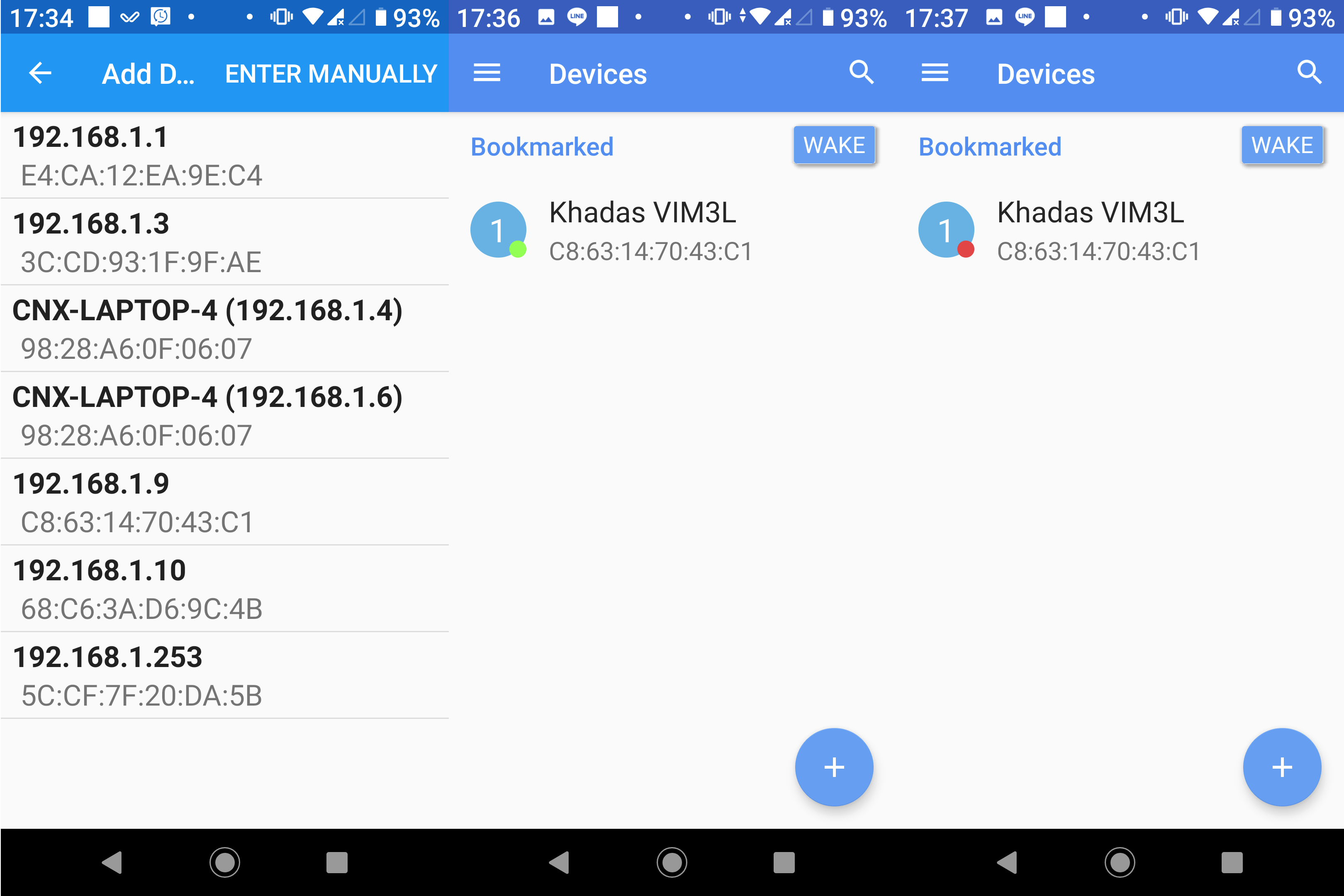

- #Android wol wake on lan how to
- #Android wol wake on lan Pc
- #Android wol wake on lan mac
- #Android wol wake on lan windows
If the computer being woken up is communicating via Wi-Fi, a supplementary standard called Wake on Wireless LAN (WoWLAN) must be used. Equivalent terms contain wake on WAN, remote wake-up, power on by LAN, power up by LAN, resume by LAN, resume on LAN and wake up on LAN. You can also initiate the message from another network by using a subnet directed broadcast or WOL gateway service. Related post: WAN VS LAN: What Is the Difference Between Them? The message is usually sent to the target computer through a program executed on a device (such as a smartphone) connected to the same local area network (LAN). WOL, which is the abbreviation of Wake On Lan, is an industry-standard protocol that supports waking computers up by a network message.
#Android wol wake on lan how to
And in this post from MiniTool, you can also know its principle of operation, as well as how to enable it. 2) the computers receiving the packet would disregard it because it doesn't have their IP address on it and 3) would ignore it if they did not have a service listening on the port.What is WOL and what can it be used for? It is short for Wake On Lan and can be used to wake computers up from a very low power mode remotely. It is a UDP port they wouldn't receive a response on. If anyone freaks out about mapping a UDP port through so the entire network hears it, remember that 1) an attacker would have to know about the port.
#Android wol wake on lan mac
DD-WRT would not let me forward to the broadcast address, so I setup a static ARP entry on the subnet and set the MAC address to FF:FF:FF:FF:FF:FF. We were running DD-WRT at the time and I was able to create port mapping for a random UDP port. My last place of work was small, so all the desktops we're on the same Vlan.Īlso I was able to get it to work across the Internet without a VPN. If you send the packet to a broadcast address, it should go to every interface in the layer 2 network. The key is to remember that you need to get a packet to the Ethernet interface when it may not respond to ARP.

Other servers, I've been able to cold start just fine.
#Android wol wake on lan windows
I've personally never been able to achieve 100% success regardless of the Windows power state settings with a cold start, at least on my ASRock motherboard.
#Android wol wake on lan Pc
I mentioned the limitations only to point out that this probably isn't going to work exactly the same on every PC in your deployment. Different motherboard firmware will listen for magic packets in some states but not others. CPUs have many different power states and different operating systems make use of them in different ways. It's not handling normal network traffic for the PC.ĮDIT: As pointed out below, there is a wide variety of WoL implementations and limitations. When the Ethernet port is in sleep mode, it's basically doing nothing except looking for the magic packet sequence. If the computer is asleep, the VPN client connection on it isn't likely to be active or capable of signaling its own sleeping adapter. The magic packet is a special type of broadcast Ethernet frame (layer 2) and it could be forwarded over a VPN with the correct configuration, but it would almost certainly have to be a site-to-site VPN with a separate router on the client side to manage the VPN connection. It will make the wifi adapter stay on at all times and cause battery drain and possibly overheating if you put it in a laptop bag. Wireless WoL is technically possible but not recommended. It can't cold start a PC that's not already in sleep mode. Take note that WoL can only wake a sleeping computer.

You will most likely need to modify a BIOS setting to allow WoL on the wired adapter, and also modify the settings in Windows Device Manager for the wired adapter to allow the device to wake the computer. This is exactly what WoL is designed to accomplish.


 0 kommentar(er)
0 kommentar(er)
